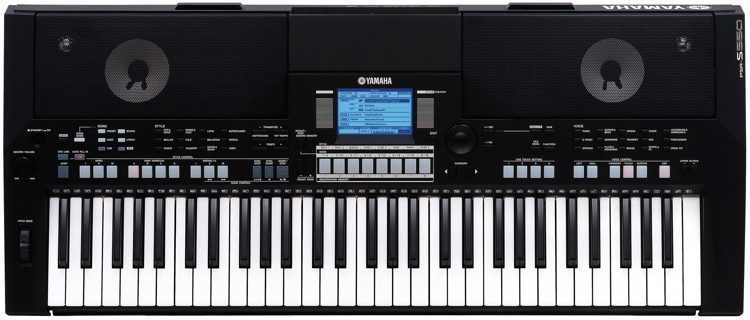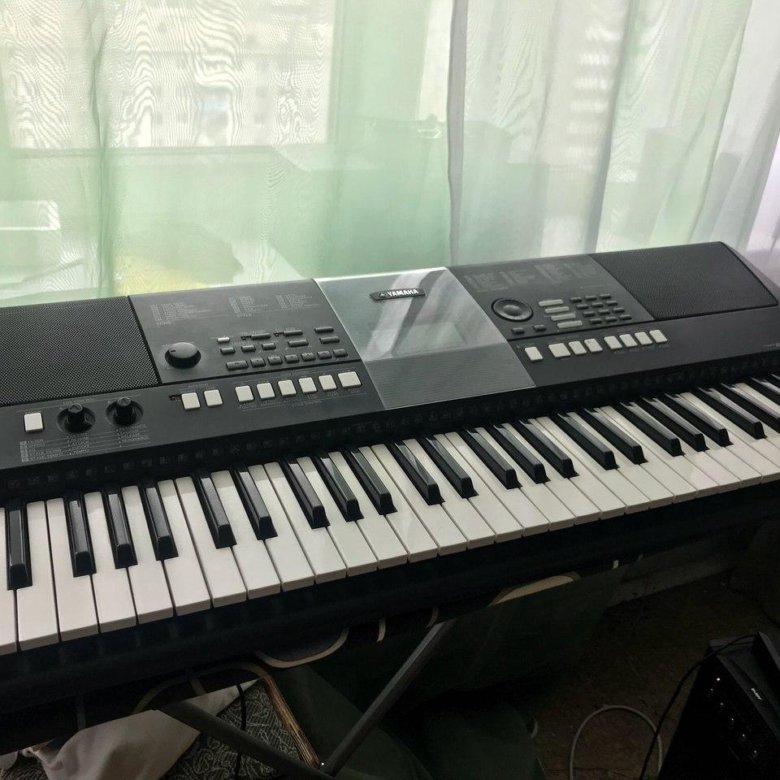
Download YAMAHA USB MIDI Driver for Windows to mEDIA driver. Save the unzipped Standard Library to a USB storage device and insert the device into the USB TO DEVICE terminal of the instrument. The Music Database Standard Library files must be located in a folder called 'User Files' on the USB drive. If the files are not in this folder, the instrument will not be able to recognize them. To access the better sounds of your Yamaha keyboard, you will need to select it as the MIDI Output device and also select a Patch file (.PAT). There is a built-in.PAT file for the Yamaha DGX 203/205 that is installed with BIAB. Super health club torrent download. Chances are that this file is similar to what you need, and probably has a subset of the sounds on your keyboard.
Loading Music Database (.MFD) files to your instrument

Yamaha Dgx 640 Midi Driver Machine

Yamaha Dgx 640 Midi Driver Mac
- Save the unzipped Standard Library to a USB storage device and insert the device into the [USB TO DEVICE] terminal of the instrument.
- The Music Database Standard Library files must be located in a folder called 'User Files' on the USB drive. If the files are not in this folder, the instrument will not be able to recognize them.
- Press the FILE CONTROL [MENU] button.
- All Standard Library Music Database (.MFD) files on the USB storage will be displayed first, followed by the style files, song files, and Music Database (.MFD) files already available on your instrument.
- Use the CATEGORY[] [] buttons to locate the Music Database (.MFD) files.
- If you do not see the 30 Music Database (.MFD) files included in the Standard Library, you may need to delete .MFD files already included on your instrument to make room. The instrument can recognize 50 Music Database (.MFD) files maximum.
- Use the dial to select the file you want to load.
- Press the [EXECUTE] button. The display prompts you for confirmation.
- Press the [EXECUTE] button again, or the [+] button, and the load operation will begin.
- A message will appear on the display to inform you that the operation has finished. Press the [EXECUTE] button to return to the MAIN display.